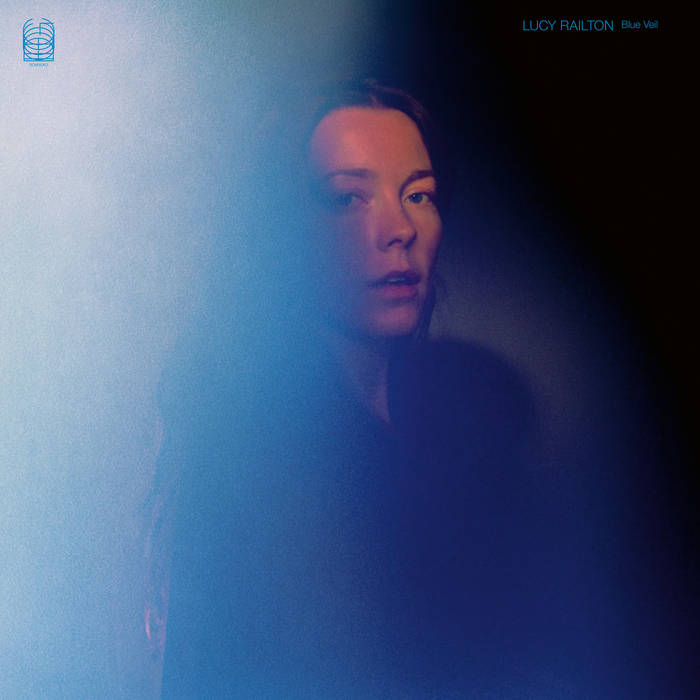As a highly versatile performer who began working as a session musician, British cellist Lucy Railton has proven herself capable of working within many different environments. She has interpreted works by composers from J.S. Bach to Giacinto Scelsi and Taku Sugimoto, and has performed on releases by Bat for Lashes, Kali Malone and Laurel Halo. Since releasing more music under her own name, she has emerged as one of the most promising artists in experimental music. Railton’s previous album, 2023’s Corner Dancer, felt like a marvel, a deeply gripping set of acousmatic textural experiments that felt both expansive and laser-precise in how it explored its sound. Rather than go further in that direction, Railton’s latest release Blue Veil takes a step back. The record is her first solo cello recording, presenting her instrument unembellished by electronics, pedals or effects. Blue Veil immerses listeners in a sound world driven entirely by dense, textural acoustic overtones.
Blue Veil speaks to Railton’s experience working in microtonal music, alongside luminaries such as Catherine Lamb, Michiko Ogawa, and Rebecca Lane. One piece it calls to mind is Naldjorlak, composed by Éliane Radigue for legendary avant-garde cellist Charles Curtis. Like Blue Veil, Naldjorlak represented a first for Radigue, as it was her first piece for an acoustic instrument. However, Naldjorlak is also a deeply guttural work, one which emphasises the most physical psychoacoustic elements of the instrument and mostly focuses on its deepest low end. There are moments on Blue Veil in which the overtones reach a fever pitch; at points on ‘Phase III’, the pulsating tones can take on a whooshing, helicopter-like quality. But the piece has a singing, wavelike flow to it, wherein textures rise to the forefront and then recede. It feels less like the internal rattlings of the mind and body and more like the external feeling of breathing in and out.
Blue Veil reflects Railton’s interest in making open and engaging music that does not get lost in the trappings of academic experimental music. The notion of music as cinema for the ears is often associated with electroacoustic music, but Blue Veil takes on these qualities through acoustic means. Railton has experience with soundtrack work, but the record feels like a sort of imaginary soundtrack for a film that does not exist. More than anything else, its textures evoke a certain scenery: the sun setting, a river flowing, the faces of people passing by. Blue Veil has a cinematic sense of tension that keeps the music from retreating into passive background music, but never feels overbearing. As much of a deviation as Blue Veil is from her previous work, Railton has lost none of the sense of control that sets her apart as a composer.


